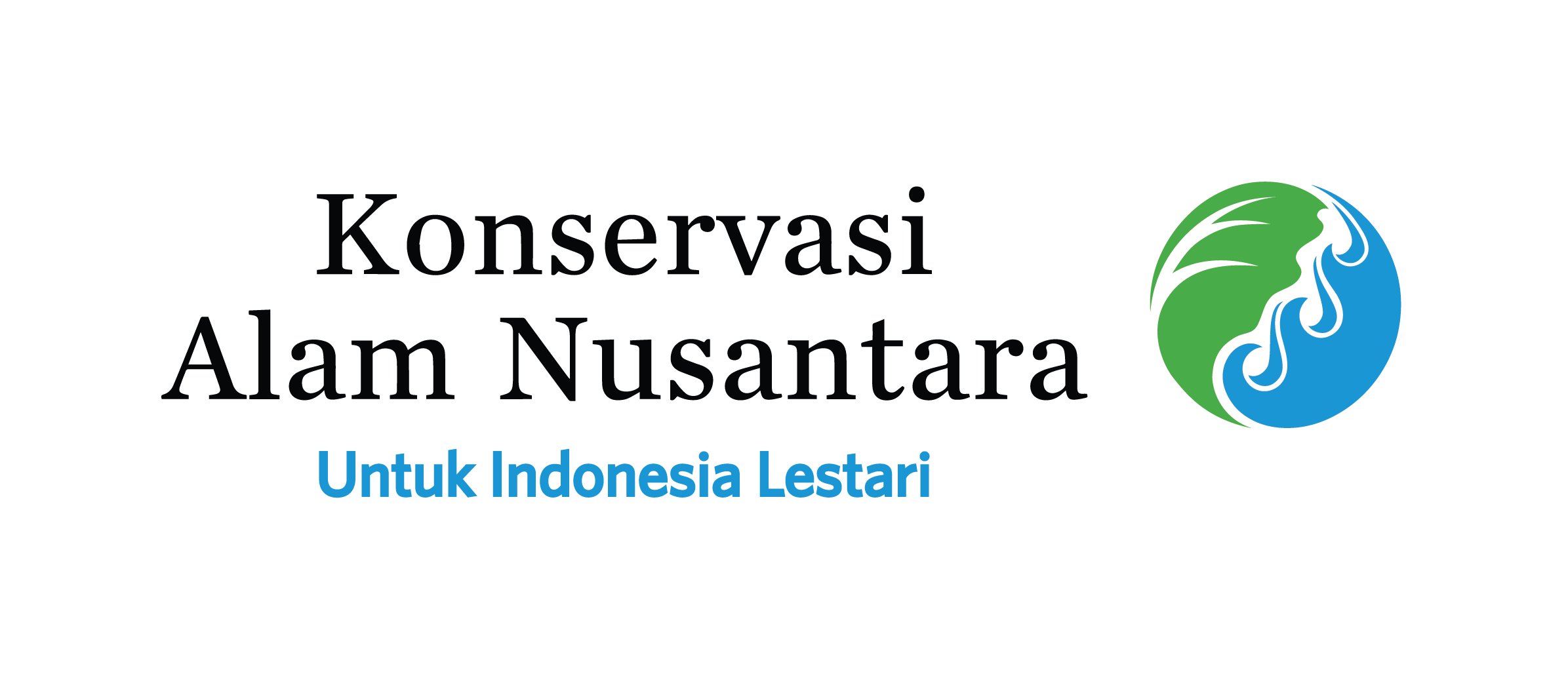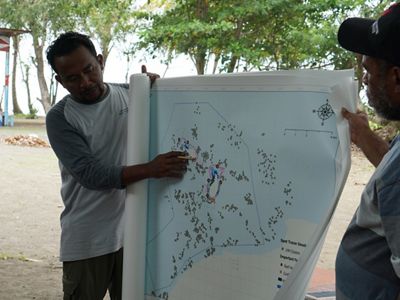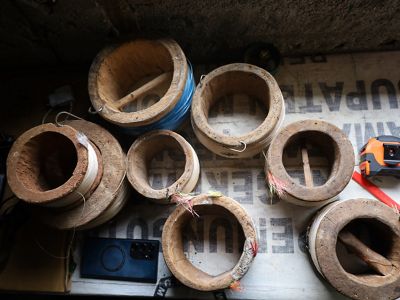TURF-Reserves
Community-Based Fisheries Management (CBFM)
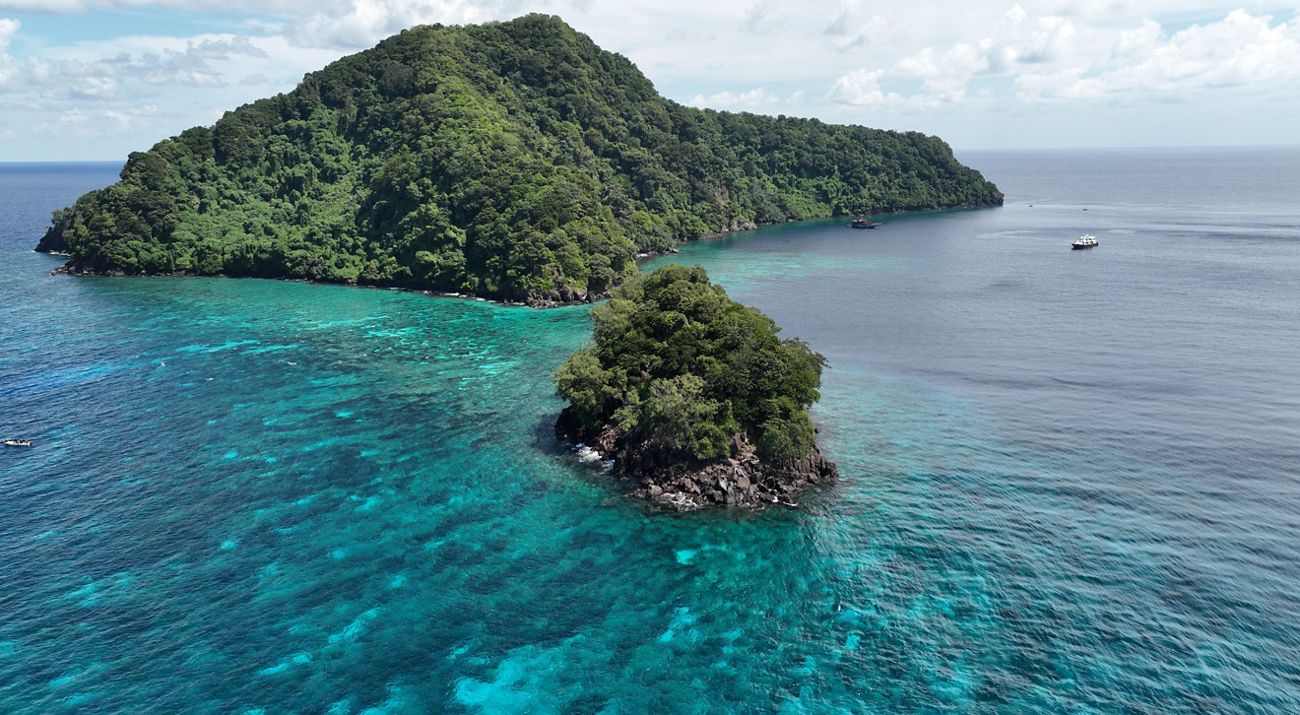
Community-Based Fisheries Management: The TURF Approach (Territorial Use Rights for Fisheries)
Empowering fishers with collective rights and a voice in the sustainable, long-term management of marine resources.
Snapper and grouper are among the most valuable fish species in tropical marine ecosystems. In Indonesia, the fisheries targeting these demersal (bottom-dwelling) species produced nearly 120,000 tonnes per year in 2019 and 2020, with an estimated global market value of almost US$1.3 billion.
Notably, most of this catch comes from small-scale fisheries, operated by vessels under 10 metres in length, which contribute more than half of the national total. However, around 64% of these vessels remain unregistered, making effective management and oversight difficult under the current system.
Weak Regulations in Small-Scale Fisheries Can:
For example, grouper, a key predator on coral reefs, has suffered a sharp decline driven by strong market demand for live fish. Parrotfish, which help maintain ecosystem balance by grazing on algae, are also under threat from rising fishing pressure. Combined with the impacts of climate change, these pressures weaken the resilience and diminish the biodiversity of our coral reefs.
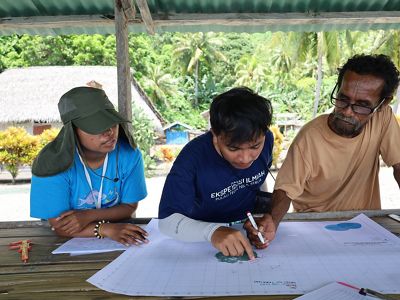
To address the numerous challenges in fisheries management, the TURF-Reserve system, which combines Territorial Use Rights for Fisheries with designated no-take and restricted-access reserves, is recommended as a solution. This approach establishes managed fishing areas designed specifically for small-scale fisheries, particularly those not yet covered by formal licensing systems.
Currently, only about a third of the total catch comes from large, licensed vessels. This shows that traditional license-based regulation alone has not been effective in ensuring the sustainability of marine resources.
The TURF-Reserve approach offers local fishers an opportunity to take an active role in managing fisheries sustainably. Granting them rights to manage a defined area encourages fishers to safeguard the resources that sustain their livelihoods.
However, for this approach to succeed over the long term, several improvements are needed. These include stronger rule enforcement, better economic incentives, local policy adjustments, well-designed conservation areas, and the active participation of fishers in decision-making.
With shared commitment and adaptive policies, the TURF-Reserve approach holds strong potential to sustain Indonesia’s highly valuable demersal fisheries.
Download
-
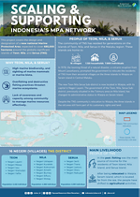 Scalling & Supporting Indonesia MPA's Network
Scalling & Supporting Indonesia MPA's NetworkEstablishing a new Marine Protected Area around the islands of Teon, Nila, and Serua to protect marine biodiversity.
Download -
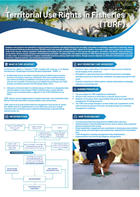 TURF-Reserve
TURF-ReserveIThe implementation of TURF-Reserve in Indonesia can address overfishing through exclusive fishing rights for fishermen and no-take zones.
Download
